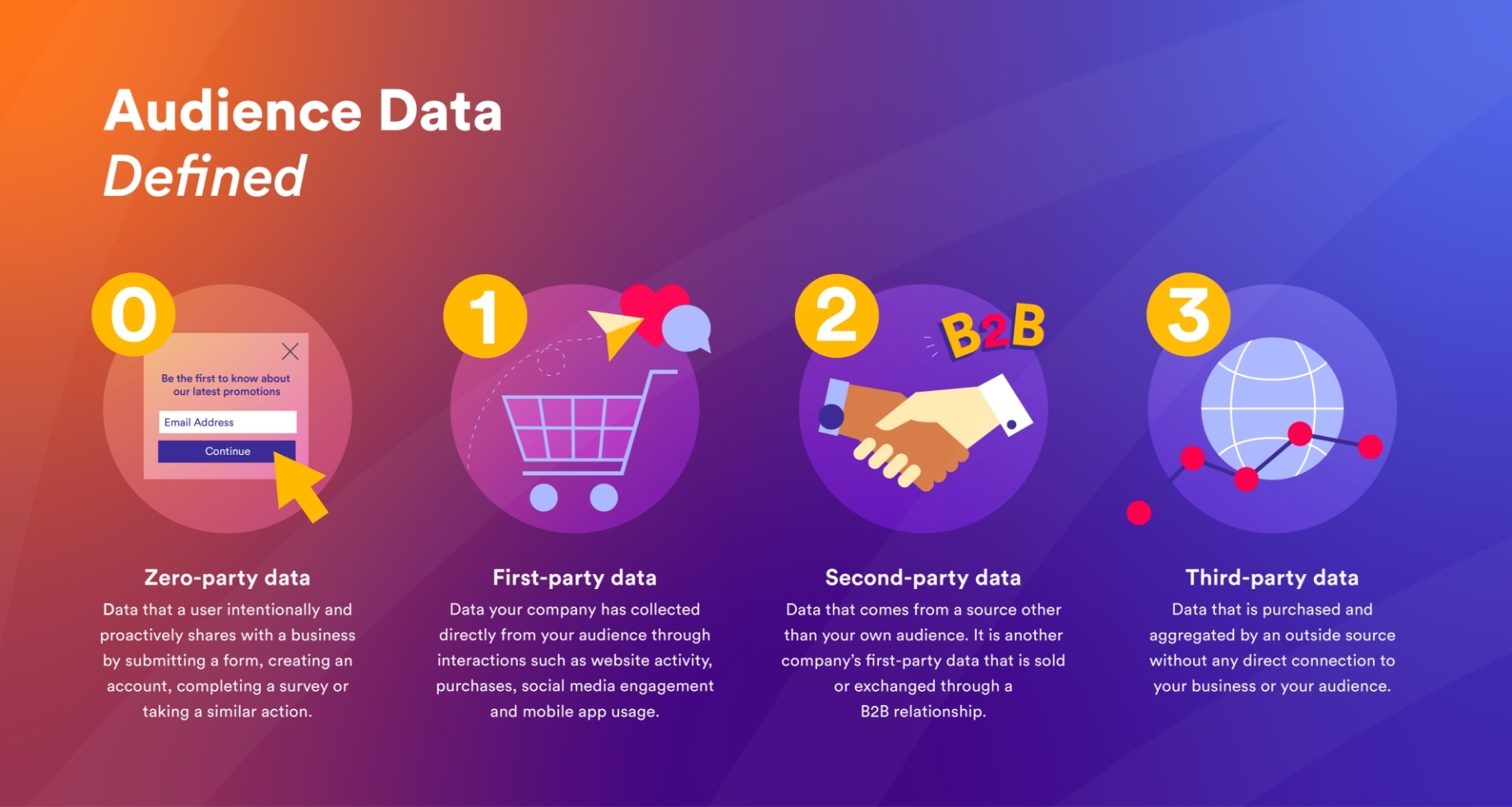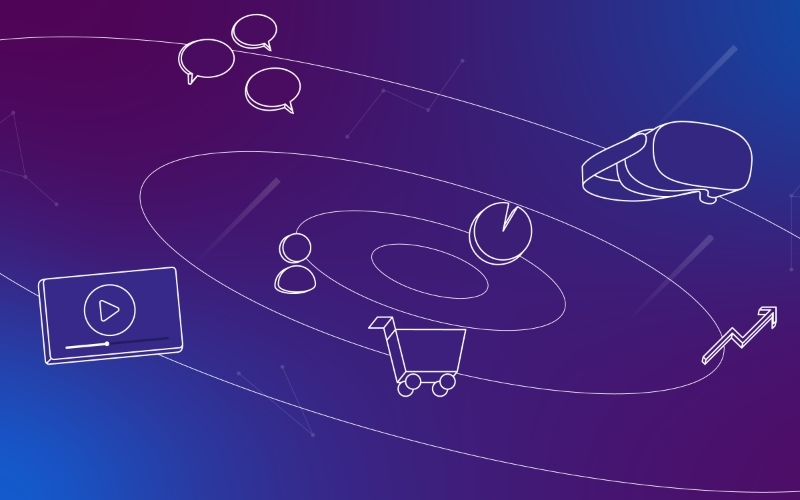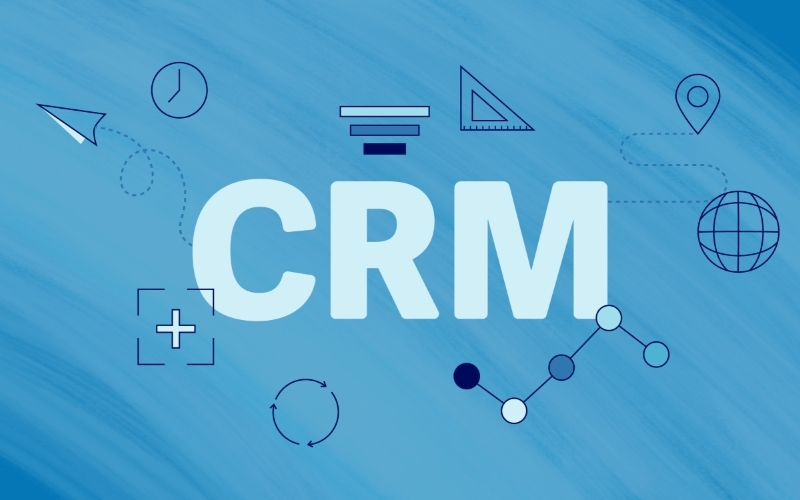Media Strategy
Marketing Automation

Written By
Wray Ward
“Allow all cookies.” It’s a question wrapped in a statement that’s become ubiquitous with surfing the web in 2023, informing you that the site you’re visiting uses cookies to track you and asking you to agree to let it happen.
However, as you may know, the days of third-party cookies are numbered. In fact, Safari and Firefox have already eradicated them in response to consumer demand for more transparency, choice and control over how their data is used. Google Chrome will hammer the final nail in the third-party cookie coffin when it eliminates them sometime in the next 12 to 18 months. (We still don’t know the exact timing, given that Google has delayed the move several times already.)
What we do know is that cookies have become the cheat code for digital advertisers — and without access to this data, brands will have to turn to different strategies if they want to effectively reach their target audiences.
So, how did digital advertising get hooked on cookies? And what will it mean for advertisers when we no longer have access to this valuable source of consumer data? For a preview of the post-cookie world, I asked Wray Ward’s integrated media strategy group director, John Dasher, and marketing automation senior manager, Liza Carter, those questions and more.
What made third-party cookies so valuable for digital advertising?
Dasher: Cookies helped give advertisers the ability to use an audience-led approach. In other words, advertisers use cookies to follow a target audience through any website without having to commit to buying an ad specifically on the site itself — they’re committing only to buying that impression, which is happening in real time, all the time.
Meanwhile, this audience-led approach respects the end user, because we’re targeting them based on when and how they consume content on their terms. This revolutionized digital marketing. It allowed us to follow users throughout the web, wherever they are, because we had data — known as an identity framework — that could support substantiating who that person was.
Everything about cookies is related to the concept of an identity framework. And that’s essentially what the industry is going to have to address when cookies are entirely removed.
Carter: Behavioral targeting uses people’s activities to determine which advertisements and messages will resonate most with them. It’s cost-effective, and it’s why cookies have been so useful to advertisers.
Some sources for behavioral targeting data include:
Campaign engagement: Which emails do people open and click?
Website engagement: Once on your site, what are people viewing and clicking on?
Product engagement: What products did they add to their cart and purchase?
App engagement: How are users interacting with the content in your app?
Ultimately, cookies and behavioral targeting combine to give you specific data about what your audience is doing online, so you can reach them at the right point in their buyer’s journey.
Without cookies, how can marketers still reach their target audiences online?
Carter: The most accurate information a brand has about its customers comes from its customer relationship management system. A CRM database is built on information customers give you willingly and directly when they take an action, such as creating an account or making a purchase.
CRM systems collect real-time, first-party and zero-party (provided) data on customers and prospects. You own this data about your customers, so you can stop guessing who they are.
First-party data is not a replacement for cookies, but it can be an effective supplement by contributing to ad personalization and relevance.



